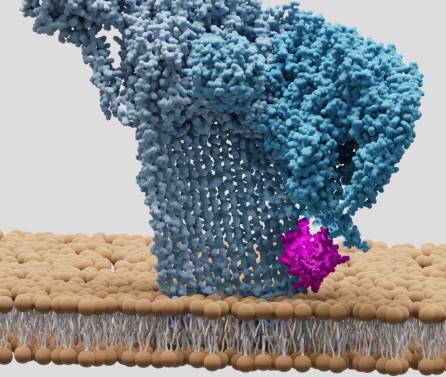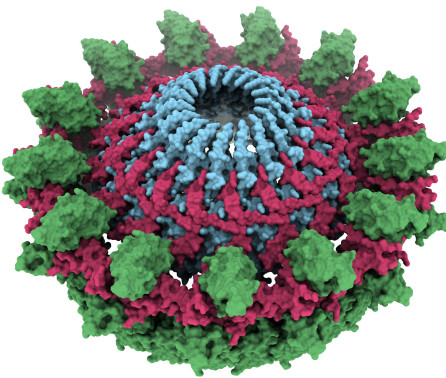BibTex format
@article{Bertheleme:2014:10.1371/journal.pone.0089613,
author = {Bertheleme, N and Strege, A and Bunting, SE and Dowell, SJ and Byrne, B},
doi = {10.1371/journal.pone.0089613},
journal = {PLoS One},
pages = {1--10},
title = {Arginine 199 and leucine 208 have key roles in the control of adenosine A(2A) receptor signalling function},
url = {http://dx.doi.org/10.1371/journal.pone.0089613},
volume = {9},
year = {2014}
}

